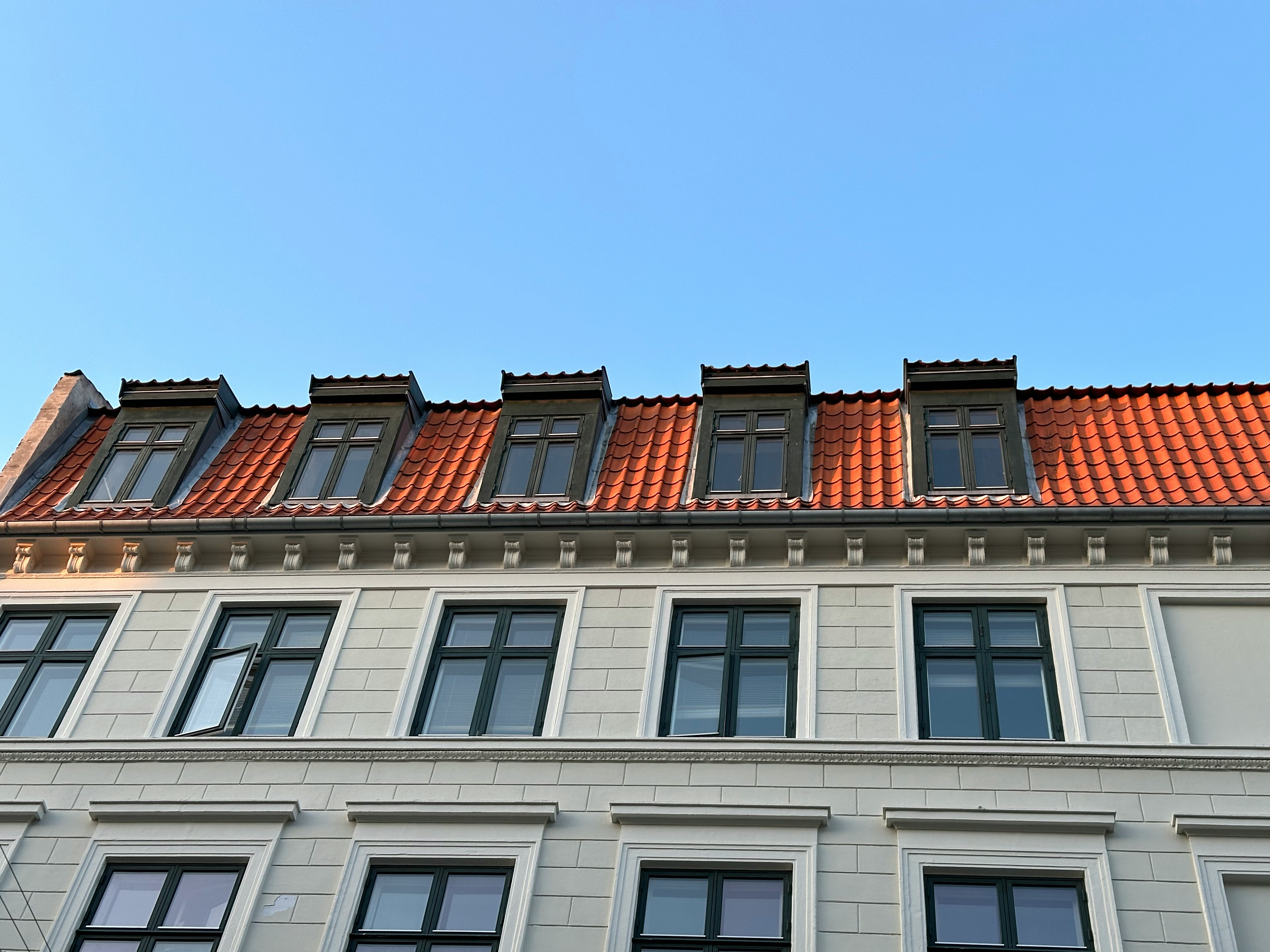
Energy Management in Older Buildings
Older buildings are often labeled as energy hogs, consuming far more electricity and heating resources than modern properties. But here’s the real opportunity: these same buildings represent some of the highest potential for energy savings, operational improvements, and long-term property value growth.
For property managers, building owners, and facility operators, investing in energy-efficient retrofits is no longer a luxury — it's a strategic financial decision. When done with the right technologies and smart management tools, modernization delivers predictable payback, stronger asset performance, and a more competitive building in today’s market.
In this guide, we break down exactly which retrofits offer the highest ROI, how to finance them, and how energy upgrades go far beyond cost savings by elevating comfort and strengthening your building’s brand.
Why Energy Efficiency Retrofits Make Financial Sense
Many older properties operate with outdated lighting, aging HVAC systems, and poor insulation. This not only increases monthly utility expenses but also reduces tenant satisfaction and overall market value.
Implementing energy-efficient upgrades, combined with modern building automation systems (BAS) and smart building technologies, can deliver:
- Significant reductions in energy consumption
- Lower operational and maintenance costs
- Improved thermal and acoustic comfort
- Higher occupancy rates and rental premiums
- Greater long-term asset value
In short, modernizing an older building is not an expense — it's an intelligent reinvestment that pays for itself.
Top 3 Retrofit Projects with the Highest ROI
Below are the upgrades that consistently deliver the best financial return and fastest payback for older buildings.
1. LED Lighting + Occupancy Sensors
Switching from traditional lighting to LED fixtures remains the most cost-effective and impactful upgrade for older buildings. When combined with occupancy sensors and smart lighting controls, buildings frequently achieve:
- 50–70% energy savings in common areas
- Lower maintenance costs due to longer lamp life
- Improved lighting quality and safety
- Payback typically within 6–24 months
For building owners looking for a high-impact, low-risk starting point, LED retrofits are the simplest way to demonstrate immediate energy and cost reductions.
2. HVAC Optimization with Smart Controls
HVAC systems account for a significant portion of total building energy consumption — especially in older properties. By upgrading to smart thermostats, zone controls, and automation systems that adjust based on occupancy and real-time conditions, owners can reduce unnecessary heating and cooling loads dramatically.
Modern HVAC optimization can include:
- Centralized or cloud-based HVAC controls
- Variable-speed drives (VSDs) for motors
- Advanced scheduling based on building usage
- Integration with occupancy and environmental sensors
ROI is typically strong because HVAC improvements reduce both energy consumption and wear on equipment, extending system lifespan.
3. Window Sealing and Thermal Insulation Improvements
A poorly sealed building envelope leads to the escape of conditioned air and drives up both heating and cooling costs. Simple upgrades like weatherstripping, window sealing, and enhanced insulation have a measurable impact on comfort and energy savings, especially in older structures.
These improvements provide:
- Better temperature stability
- Reduced HVAC load
- Improved indoor air quality
- Immediate comfort improvements for occupants
While not as high-tech as LED or HVAC upgrades, building envelope improvements are essential for maximizing the ROI of all other energy-efficiency measures.
How to Finance Modernization in Older Buildings
Energy retrofits are more accessible than most owners realize. Today, there are several financing models designed specifically to support energy-efficient modernization.
Green Financing and Low-Interest Loans
Many banks and government agencies offer green financing lines with favorable terms for energy-efficiency projects. These programs often include longer repayment periods and reduced interest rates, making upgrades more affordable for property owners.
Energy Performance Contracts (EPCs)
Energy Performance Contracts allow owners to modernize without upfront costs. Under an EPC:
- An energy service company (ESCO) performs the retrofit
- The project cost is paid using the energy savings generated
- Owners benefit immediately from improved comfort and reduced maintenance
This model is particularly effective for large buildings with high energy loads.
Government Incentives and Energy Efficiency Programs
Governments across North America — including federal, state, and provincial agencies — offer incentives such as:
- Grants
- Tax credits
- Utility rebates
- Specialized energy-efficiency programs (e.g., Canadian provincial energy conservation incentives)
These incentives can significantly reduce project payback time and increase the overall ROI.
More Than Savings: Comfort, Branding, and Long-Term Asset Value
Beyond the financial metrics, retrofitting older buildings creates meaningful improvements in:
Thermal Comfort
Smart HVAC and insulation upgrades create stable, pleasant temperatures year-round.
Acoustic Comfort
Better windows and insulation reduce external noise — a major tenant satisfaction factor.
Building Image and Brand Strength
A more efficient, sustainable, and comfortable building becomes more attractive to tenants, investors, and potential buyers.
Upgraded buildings increasingly command higher rental prices, achieve lower vacancy rates, and stand out in competitive markets focused on sustainability and occupant experience.
Modernization Isn’t a Cost — It’s a Smarter Allocation of Capital
Energy-efficient upgrades are not just operational improvements; they are strategic financial decisions. Retrofits that reduce energy consumption, improve comfort, and enhance asset value produce measurable returns and strengthen property performance for decades.
For owners and property managers, investing in energy modernization is one of the most effective ways to generate cash flow, reduce risk, and future-proof an aging building.
Modernizing isn’t spending —
it’s reallocating resources intelligently to create long-term value.




